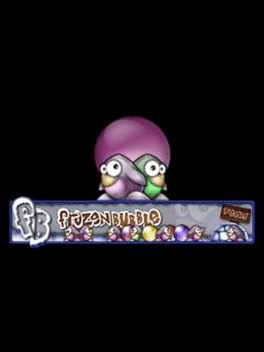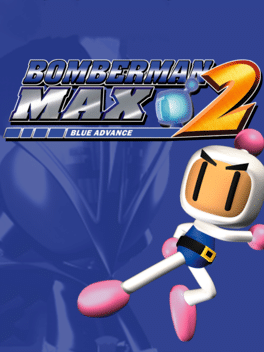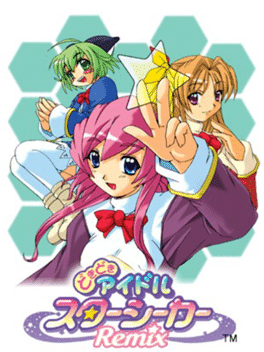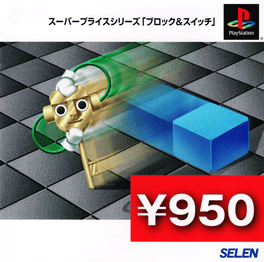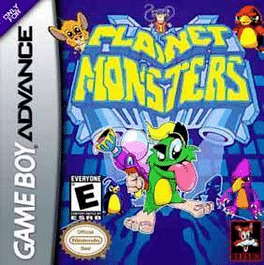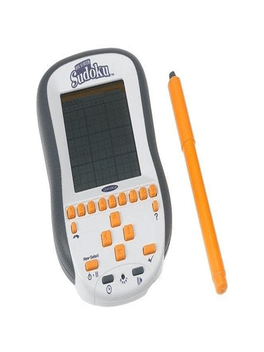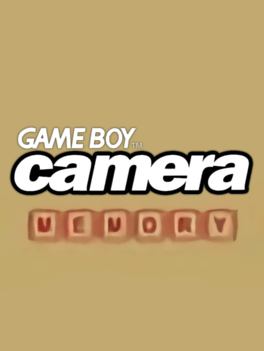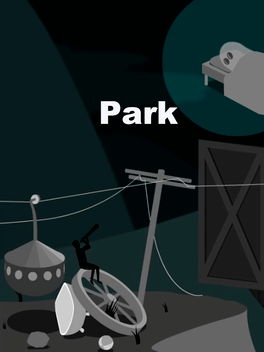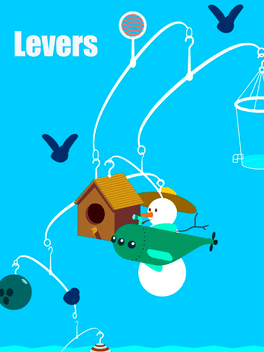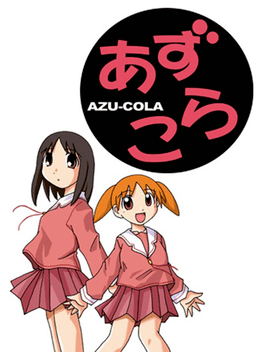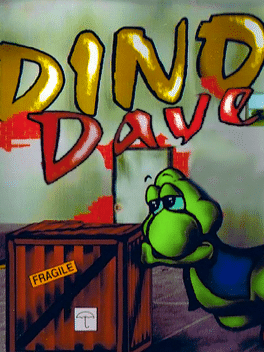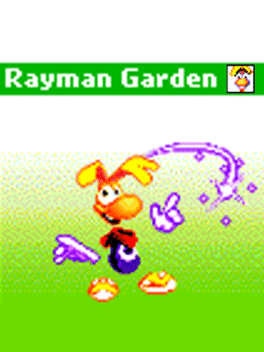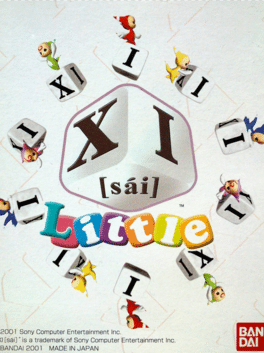New Playstation 3 Games - Page 256
-
Frozen Bubble
2002
Frozen Bubble
2002
Frozen Bubble is a puzzle game that started out on Linux and has later been ported to other systems. -
Bomberman Max 2: Blue Advance
2002
star 7Bomberman and Max have been shrunk to the size of an ant by the evil Mujie's secret weapon. Work together with max to find and destroy the device before Mujoe can take control of the universe. And so the newest adventures of Bomberman begins! -
Doki-doki Idol Star Seeker Remix
2002
Minesweeper-like Puzzle game with cute anime girls created by G.rev. -
Super Price Series: Block & Switch
2002
Puzzle game in which the players controls a little girl that is trapped in different mazes and have to solve the mazes using different kind of blocks: a static block and a pushing block. The gameplay is about using those blocks to insert the keys in the keyholes, when all the keys are inserted in each level the level is cleared. There are a lot of different puzzles to solve in 2d cartoon graphics. -
Shanghai Advance
2002
Shanghai Advance
2002
Shanghai Advance is a Puzzle game, published by SunSoft, which was released in Japan in 2001. -
ReverC
2002
ReverC
2002
Classic reversi game with excellent color graphics and animation. It works on both color and grayscale devices including Sony Clie and newest PalmOS 5.0 devices. This game is shareware product. You may run it up to 10 times, then you have to register the game or delete it from your PDA. -
Planet Monsters
2002
Planet Monsters
2002
There is only one rule with this game - Be the last one standing no matter what! Planet Monsters must confront themselves in eight unique countries each of 5 levels. Four monsters can play at once, so arm yourself with traps, blocks, jelly guns, grenades...and a great sense of humor! -
Big Screen Sudoku
2002
-
Dragon World 2001
2002
-
Dragon World Pretty Chance
2002
Mahjong matching series featuring sexy girl pictures in the background. -
Columns
2001
-
Park
2001
-
Levers
2001
-
Azu-Cola
2001
-
Pumpy
2001
-
Les Visiteurs: La Relique De Sainte Rolande
2001
Les Visiteurs: La Relique De Sainte Rolande is the sequel to Les Visiteurs: Le Jeu and is based on the film The Visitors II: The Corridors of Time. This time, the sequel is much more action-oriented, and the view is 3rd-person. You must find the parts of the medallion, but also fight, use weapons and even play bowling games. -
Dino Dave
2001
-
Rayman Garden
2001
Rayman Garden
2001
Rayman Garden is a puzzle game that can only be played on mobile phones. It is the darkest and most difficult title to find in the Rayman saga. Along with Rayman Bowling, it comes pre-installed on the Mitsubishi Trium Eclipse and Mitsubishi m21i. The objective of the game is to find all the diamonds, avoiding the obstacles and Bad Rayman. -
Xi (sai) Little
2001
Xi (sai) Little
2001
XI (sai) Little is a Puzzle game, developed by MBI and published by Bandai, which was released in Japan in 2001.
